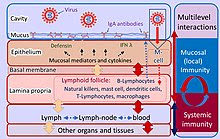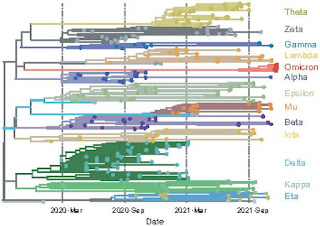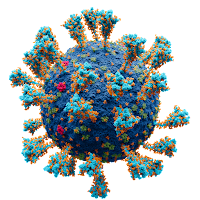Science editors asked young scientists to imagine what kind of course they would have created if they could go back to a time before the pandemic [A pandemic education]. Three of the courses were about science communication.
COM 145: Identification, analysis, and communication of scientific evidence
This course focuses on developing the skills required to translate scientific evidence into accessible information for the general public, especially under circumstances that lead to the intensification of fear and misinformation. Discussions will cover the principles of the scientific method, as well as its theoretical and practical relevance in counteracting the dissemination of pseudoscience, particularly on social media. This course discusses chapters from Carl Sagan’s book The Demon-Haunted World, certain peer-reviewed and retracted papers, and materials related to key science issues, such as the anti-vaccine movement. For the final project, students will comprehensibly communicate a scientific topic to the public.
Camila Fonseca Amorim da Silva University of Sao Paulo, Sao Paulo, Brazil
COM 198: Everyday science communication
As scientific discoveries become increasingly specialized, the lack of understanding by the general public undermines trust in scientists and causes the spread of misinformation. This course will be taught by scientists and communication specialists who will provide students with a toolset to explain scientific concepts, as well as their own research projects, to the general public. Upon completion of this course, students will be able to explain to their grandparents that viruses exist even though they can’t see them, convince their neighbors that vaccines don’t contain tracking devices, and explain the concept of exponential growth to governmental officials.
Anna Uzonyi Department of Molecular Genetics, Weizmann Institute of Science, Rehovot, Israel.
COM 232: Introduction to talking to regular people
Communicating science is difficult. Many scientists, having immersed themselves in the language of their field, have completely forgotten how to talk to regular people. This course hones introductory science communication skills, such as how to talk about scary things without generating mass panic, how to calmly discourage the hoarding of paper hygiene products, and how to explain why scientific knowledge changes over time. The final project will include cross examination from law school faculty, who are otherwise completely uninvolved with the course and possess minimal scientific training. Recommended for science majors who are unable to discuss impactful scientific findings without citing a P value.
Joseph Michael Cusimano Bernard J. Dunn School of Pharmacy, Shenandoah University, Winchester, VA, USA.
They sound like interesting courses but my own take on science communication is somewhat different. I think it's very difficult for practicing scientists to communicate effectively with the general public so I tend to view science communication at several different levels. My goal is to communicate with an audience of scientists, science journalists, and people who are already familiar with science. The idea is to make sure that this intermediate group understands the scientific facts in my field and to make sure they are familiar with the major controversies.
My hope is that this intermediate group will disseminate this information to their less-informed friends and relatives and, more importantly, stop the spread of misinformation whenever they hear it.
Take junk DNA for example. It's very difficult to convince the average person that 90% of our genome is junk because the idea is so counter-intuitive and contrary to the popular counter-narratives. However, I have a chance of convincing the intermediate group, including science journalists and other scientists, who can follow the scientific arguments. If I succeed, they will at least stop spreading misinformation and false narratives and start presenting alternatives to their sudiences.

























